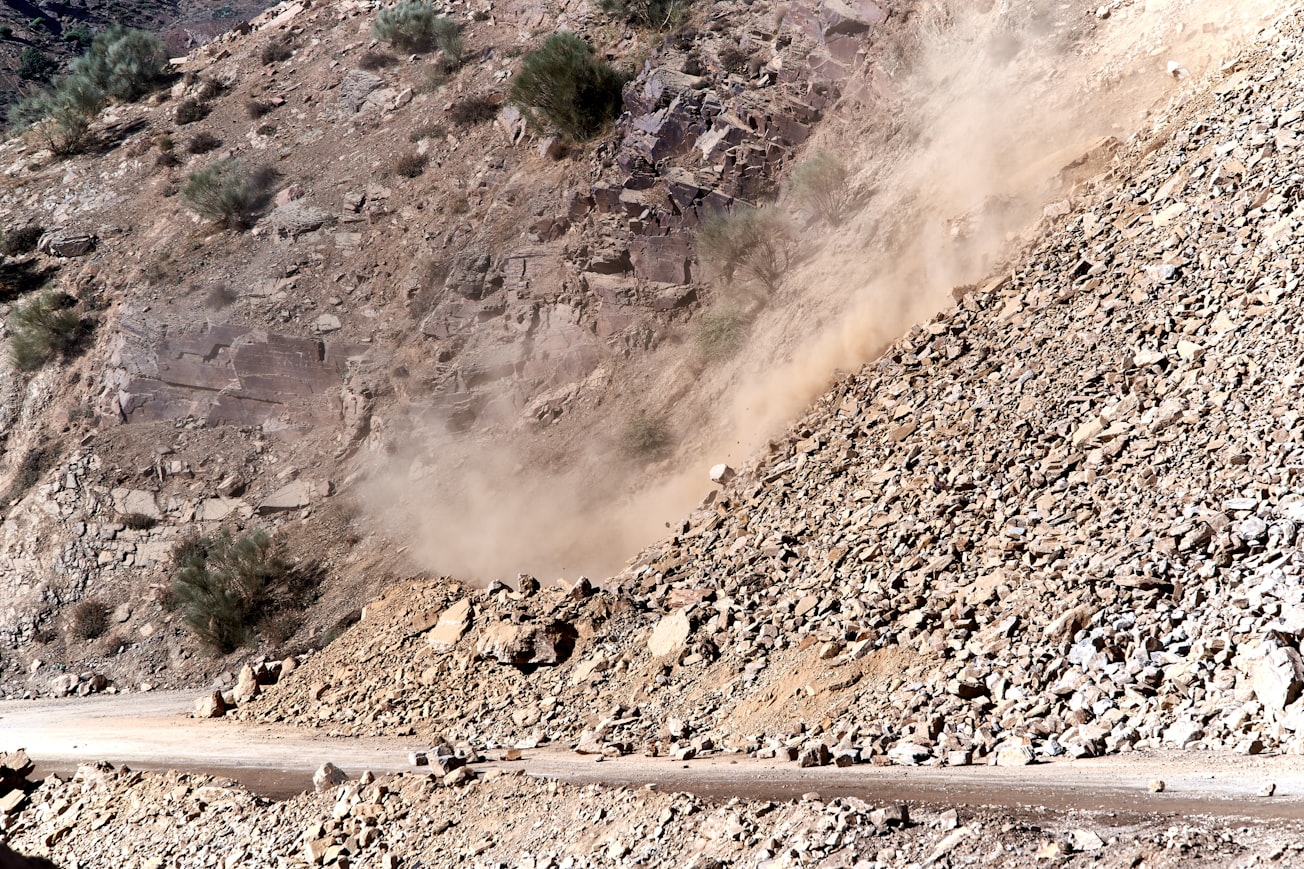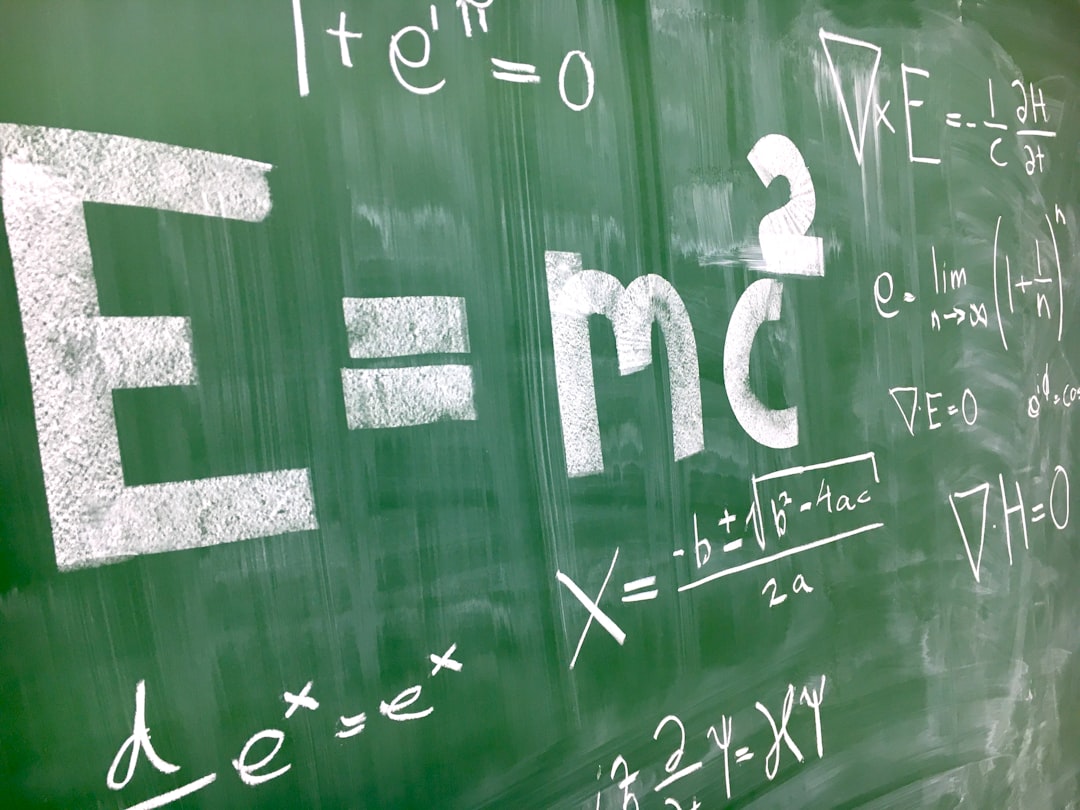What is it about?
It is about the laboratory model test of fully buried portal frame-shaped piles. Although this type of slope-stabilizing structure has been widely used, its working mechanism, such as the soil–pile interaction and load transfer behavior, is still not fully understood, which has limited the development of effective pile designs and construction. The research outcomes will be beneficial to improving the design level for this type of piles.
Featured Image

Photo by Wolfgang Hasselmann on Unsplash
Why is it important?
Our findings show that in addition to a concentrated thrust transferred via the cap beam linking the rear and front piles, a landslide thrust accounting for 30 to 60 % of the landslide thrust on the rear pile was transmitted to the front pile by the soil sandwiched between the rear and front piles, which is often ignored by practising designers. It is found that the reasonable spacing between the rear and front piles is 1.0 to 1.5 times the diameter of the pile.
Perspectives
I hope this article will help practising designers to have an in-depth understanding on the soil-structure interactions of the portal frame-shaped piles. As a result, the design quality of such piles will be greatly improved.
Dr. Zihang Dai
Read the Original
This page is a summary of: Laboratory Model Test of Fully Buried Portal Frame-Shaped Slope-Stabilizing Piles, Geotechnical Testing Journal, January 2022, ASTM International,
DOI: 10.1520/gtj20210031.
You can read the full text:
Resources
Contributors
The following have contributed to this page










